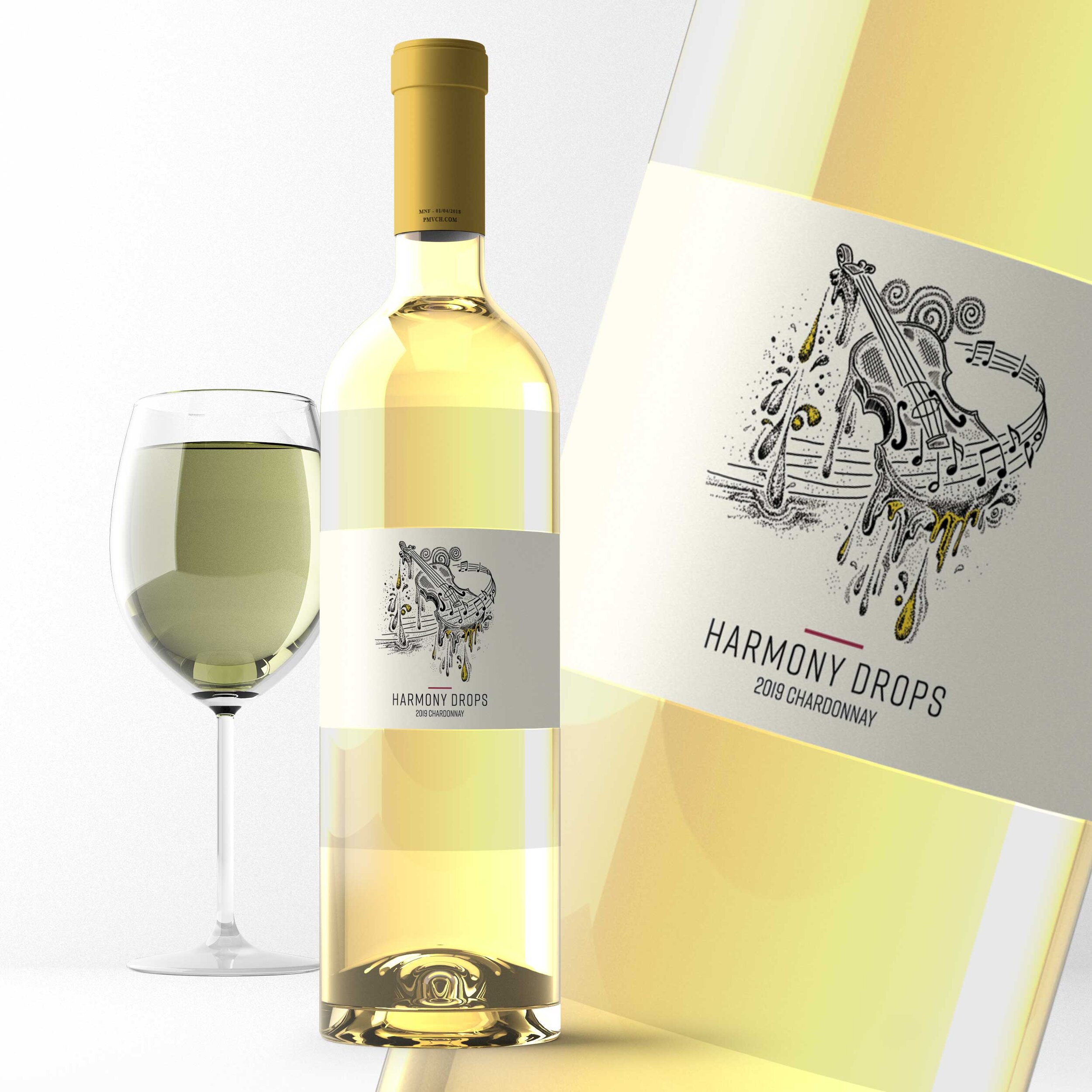
The intricate process of selecting the right wine label paper goes beyond mere aesthetics. This choice significantly impacts the brand perception, durability, and overall presentation of wine bottles. In the competitive wine industry, every detail counts, and the material used for wine labels plays a pivotal role in distinguishing one brand from another. Through this exploration, we aim to shed light on how the selection of paper material enhances the appeal and effectiveness of wine labeling.
Understanding the Significance of Material Selection in Wine Labeling
The decision on the type of paper for wine labels is not one to be taken lightly. High-quality paper can elevate the product’s perceived value, engage consumers, and convey the brand’s story effectively. Furthermore, the choice of paper material affects the label’s performance under various conditions, such as moisture resistance in coolers or durability during transportation. Therefore, selecting the right paper is essential for both aesthetic and practical reasons.
Advantages of Premium Wine Label Paper
Premium wine label paper is known for its superior printability, which allows for intricate designs and vibrant color reproduction. This quality is crucial for capturing the essence of the wine and the brand’s identity. Additionally, high-end paper materials offer better resistance to environmental factors, ensuring that the label remains intact and legible from the shelf to the consumer’s home.
Impact of Material on Consumer Perception
The tactile experience provided by the label paper can significantly influence consumer perception. Textured papers, for example, can impart a sense of luxury and craftsmanship, suggesting a higher-quality product. Conversely, a label that easily wears or tears may negatively affect the brand’s image. Thus, the physical characteristics of the label material are key components in shaping consumer attitudes towards a wine brand.
Choosing the Right Paper for Different Wine Varieties
Each wine variety has its unique characteristics and target audience, which should be reflected in the label design and material choice. For instance, a robust red wine might benefit from a label with a bold texture, emphasizing its strength and depth. On the other hand, a light and crisp white wine could be best represented with a sleek, smooth label, highlighting its elegance and freshness.
Sustainability Concerns in Wine Label Production
As environmental awareness increases, the demand for sustainable wine labeling solutions is on the rise. Eco-friendly paper materials, made from recycled content or sustainably sourced fibers, are becoming more prevalent. These options not only reduce the environmental impact but also cater to the growing segment of eco-conscious consumers, adding an extra layer of appeal to the brand.
Technological Innovations in Wine Label Printing
The evolution of printing technology has expanded the possibilities for wine label design. Advanced printing techniques on high-quality wine label printer paper enable more intricate and personalized designs, allowing brands to create labels that truly stand out. The use of metallic inks, embossing, and other decorative effects can add a tactile dimension to the label, making it more memorable to consumers.
Challenges in Label Material Selection
While the benefits of selecting the right label paper are clear, there are challenges to consider. These include cost constraints, especially for small-scale wineries, and the need to balance aesthetic desires with practical considerations. Furthermore, the label must comply with regulatory requirements, which may limit design choices. Navigating these challenges requires careful planning and collaboration with experienced label manufacturers.
Future Trends in Wine Label Paper
The future of wine labeling looks bright, with ongoing innovations in paper material and printing technology. Biodegradable and smart labels, which can interact with smartphones for enhanced consumer engagement, are just the tip of the iceberg. As wineries continue to explore new ways to differentiate their products, the role of label paper in the marketing and branding strategy will undoubtedly grow in importance.
In conclusion, the choice of paper material for wine labels is a critical decision that impacts not only the visual appeal of the product but also its market positioning and consumer perception. By carefully selecting high-quality, suitable paper, wineries can enhance their brand’s image, appeal to their target audience, and ultimately, increase their product’s success in the market. The exploration of wine label printer paper and materials marks an exciting frontier in wine packaging, one that combines tradition with innovation to meet the evolving tastes and preferences of consumers worldwide.
